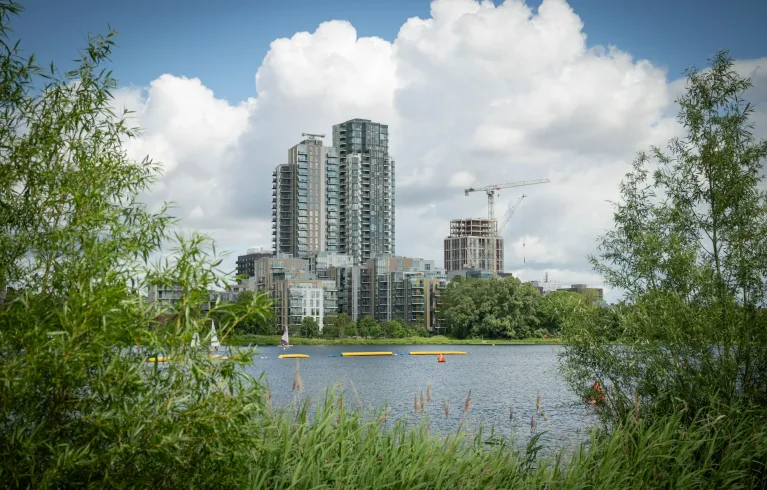
Key information
Publication type: Current investigation
Publication status: Adopted
Publication date:
Contents
5 sections
Introduction
The Planning and Regeneration Committee is holding a one-off meeting to consider its response to the Mayor's ‘Towards a new London Plan’ consultation.
Meeting aims and objectives (terms of reference)
The Mayor of London launched a consultation on key principles to inform the development of the next London Plan: ‘Towards a new London Plan’. The Committee will use this meeting to scrutinise those plans and inform its response to the consultation in two key areas:
- the potential release of Green Belt and Metropolitan Open Land (MOL) sites for house building.
- the proposed industrial and economic strategy.
These topics were selected as they were the main topics highlighted in the first public engagement event and represent overarching themes.
Key issues
- The London Plan is the Mayor’s statutory spatial development strategy. The Mayor is required to keep the London Plan under review. National planning policy requires that London Plan to be reviewed at least every five years.
- On the 9 May 2025, the Mayor opened consultation on the next London Plan by publishing the Towards a New London Plan document. The consultation is open to responses until the 22 June. [1]
- Key proposals in the London Plan consultation document include a proposal to release parts of London’s green belt to build new homes, adopting a “polycentric” approach to economic activity in London, and including in policy the flexible approach to town centres and high streets that the introduction of the Class E categorisation enabled.[2]
- The Towards a New London Plan consultation document includes a range of potential approaches to key issues and does not consistently set out a policy direction. The Mayor and GLA have called for evidence-based consultation responses to help inform the direction of the next Plan.[3]
- On the 12 December 2024 the Government revised the National Planning Policy Framework. Changes to the Standard Method formula, used to identify housing need, meant that London has a need of around 88,000 net additional homes a year. The revised framework also included the new “grey belt” categorisation. The London Plan must align with national planning policy.[4]
Key Questions
- How will the Mayor work with Councils on local housing delivery and the designation of green belt and Metropolitan Open Land (MOL) sites? How can the next London Plan ensure that only suitable sites are being developed?
- Is the new London Plan right to claim that London’s housing needs cannot be met with brownfield sites alone?
- How will the Mayor ensure that new housing is genuinely affordable and meets the needs of Londoners?
- How will the Mayor ensure the necessary investment in infrastructure needed to meet both housebuilding and economic goals?
- What policies are being considered to facilitate increased density on industrial sites?
- How can the next London Plan support London’s “growth sectors”?
Notes
- Mayor of London, Towards a new London Plan
- Mayor of London, Towards a new London Plan Class E covers a range of commercial, business and service uses such as shops, cafes, health centres, and research facilities. Class E uses may change to any other use within this class without planning permission. In some cases, Class E uses can be converted to housing without planning permission.
- Mayor of London, Towards a new London Plan
- London Assembly Research Unit, Understanding the revised National Planning Policy Framework (2024)